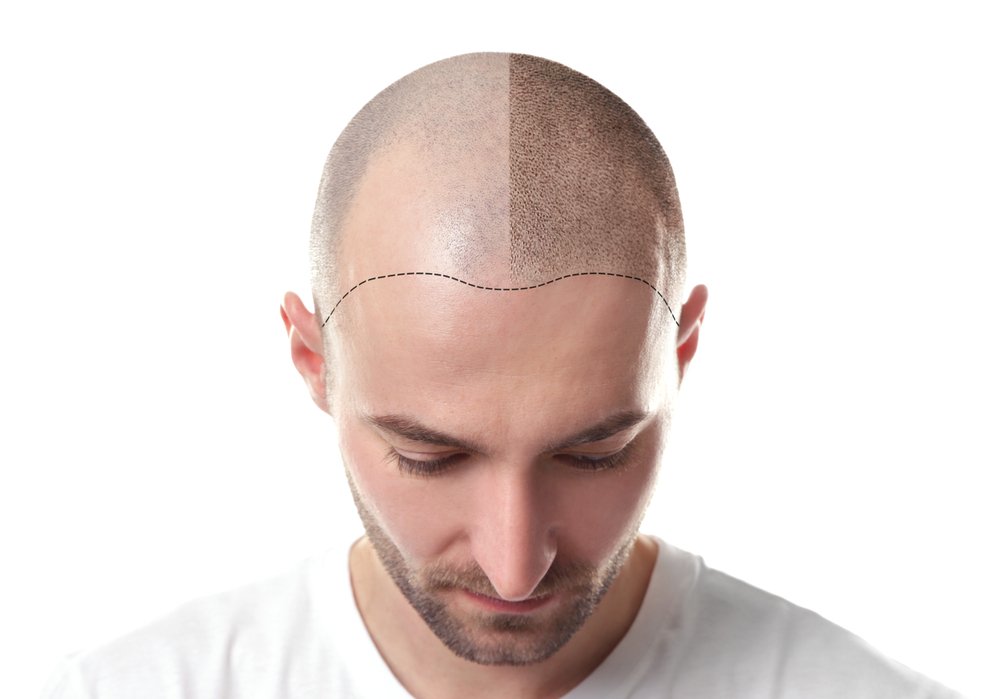Hair transplant surgery offers a solution for individuals experiencing hair thinning or baldness, aiming to restore their confidence and aesthetic appeal. This procedure includes the transfer of hair follicles from donor sites to the recipient area, typically on the scalp but has now also been utilized for body and facial hair transplants.
Results can vary, with most patients experiencing gradual hair growth over several months post-surgery. Costs depend on factors such as the extent of thinning or baldness and the hair transplant technique used, with prices ranging from moderate to high.
Potential risks include infection, scarring, and unsuccessful grafting. Before getting a hair transplant, people should do thorough research and talk to a qualified surgeon to ensure that they have realistic expectations and to reduce the risk of complications.
Results Depend Largely on the Surgeon You Select
The success of a hair transplant mostly relies on the expertise and skill of the surgeon during the procedure. It’s vital to choose a qualified and experienced surgeon who specializes in hair restoration.
Researching and consulting with multiple surgeons can help you find the right fit for your needs. Check out photos of patients before and after their procedures, read reviews, and inquire about their experiences with various hair transplant methods.
Who Is a Good Candidate for a Hair Transplant?
Only some people are suitable candidates for a hair transplant. Ideal candidates typically have healthy hair growth at the back and sides of the head, which serves as donor areas for the transplant.
Additionally, candidates should be in good general health and have realistic expectations regarding the results.
Those with significant medical conditions or unrealistic expectations may not be suitable candidates for a hair transplant procedure.
What Happens During a Hair Transplant?
Hair transplant surgery is now a more commonly known solution for hair loss. This procedure involves transplanting hair follicles from areas of healthy, sustained growth to those with hair loss. A hair transplant restores hair, self-confidence, and self-esteem.
Harvesting Hair Follicles:
During the initial phase of a hair transplant procedure, the surgeon will harvest hair follicles from the donor area. This area is usually located at the back or sides of the scalp, where hair is naturally resistant to hair loss due to genetics.
Follicular Unit Transplantation (FUT):
In FUT, the surgeon will extract a narrow strip of tissue from the donor area. This strip is dissected under a microscope to separate individual follicular units, each containing one to four hair follicles.
Follicular Unit Excision (FUE):
Alternatively, in FUE, the surgeon will use a small, hollow needle to extract individual follicular units directly from the donor area. This process is repeated until a sufficient number of grafts are collected.
Preparing the Recipient Area:
Once an adequate number of follicular units are harvested, the surgeon will prepare the recipient area for transplantation. This process involves creating small incisions or holes in the scalp where hair loss has happened.
Transplanting the Hair Follicles:
The surgeon will carefully transplant the harvested hair follicles into the recipient area using precision instruments. The follicular units are strategically placed for natural hair growth and aesthetic results.
Post-Transplant Care:
After the transplant, patients are typically advised to follow specific post-operative care instructions provided by their surgeon. This could involve maintaining a clean scalp and refraining from strenuous activities for a specific period. Additionally, patients may be prescribed medications to promote healing and reduce the risk of infection.
Follow-Up and Results:
Over the following weeks and months, the transplanted hair follicles will gradually take root and begin to grow. Patients will typically notice an improvement in hair density and coverage over time, with final results becoming apparent after several months. Follow-up appointments with the surgeon may be scheduled to monitor progress and address any concerns.
When Do Patients See Results From a Hair Transplant?
Patients typically begin to see noticeable hair regrowth in the donor areas within a few weeks, and sometimes as early as within three to four months after in the transplanted areas. However, it may take between 12 to 18 months for you to see the full results.
During this period, the transplanted hair follicles will first shed before entering a growth phase. It’s vital to be patient and follow the aftercare instructions given by your surgeon for the best results.
Medicine Can Help You Keep the Results
While a hair transplant can provide long-lasting results, it’s essential to understand that it does not prevent further hair loss.
To maintain the results of the transplant and prevent additional hair loss, patients may need to use medication such as finasteride or minoxidil.
These medications can slow down or stop hair loss by blocking the hormone that leads to thinning and they also encourage hair growth.
Risks and Costs of Treatment
Hair transplant surgery, like any medical procedure, has inherent risks that patients must consider. These risks may include the possibility of infection, scarring, and the potential for uneven hair growth post-surgery.
Individuals contemplating this procedure must have thorough discussions with their surgeons regarding these risks, ensuring that they are making informed decisions based on their individual circumstances.
Additionally, the financial aspect of a hair transplant is a significant consideration. The cost of a hair transplant depends on several factors, like the extent of hair loss, the number of grafts required, and the surgeon’s experience level.
Typically, patients can expect to pay anywhere from $4,000 to $20,000 per session. It’s important to know that insurance usually doesn’t cover elective cosmetic procedures like hair transplants, so patients should be ready to pay for them or use financing options.
Despite these risks and expenses, many individuals find that the benefits of regaining a full head of hair outweigh these factors, leading them to pursue this option to restore their confidence and self-esteem.
Conclusion
In conclusion, a hair transplant can be a useful solution for people dealing with hair loss or thinning. By understanding what to expect, including the results, costs, and risks involved, you can make a well-informed decision about whether this procedure is right for you. Remember to select a qualified and experienced surgeon, follow post-operative care instructions diligently, and consider medication to maintain the results over time. With proper care and realistic expectations, a hair transplant can provide long-lasting, natural-looking results and restore your confidence and self-esteem.











